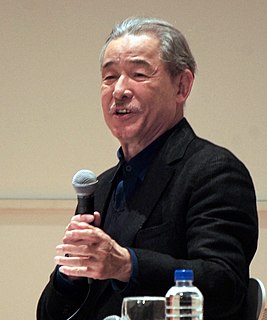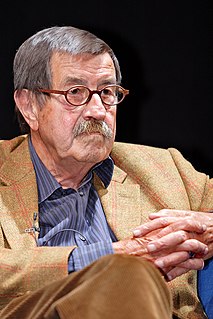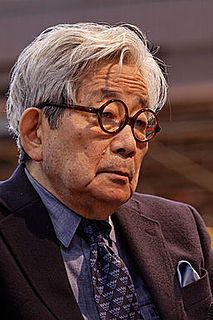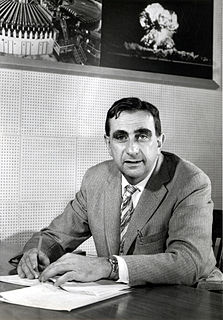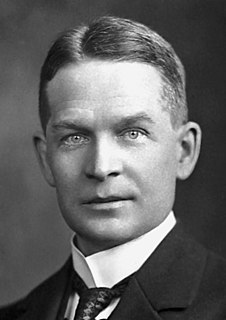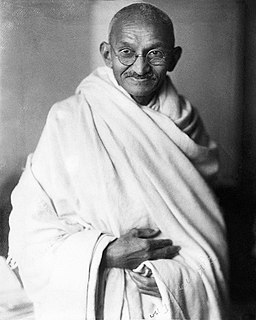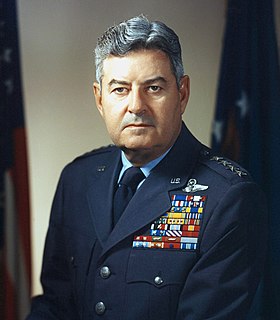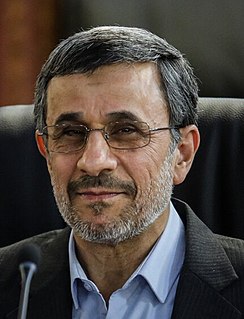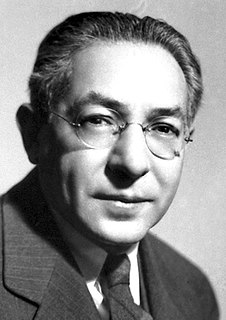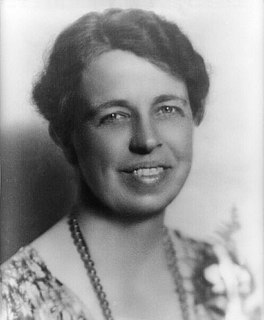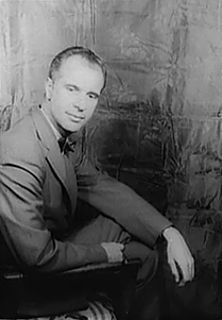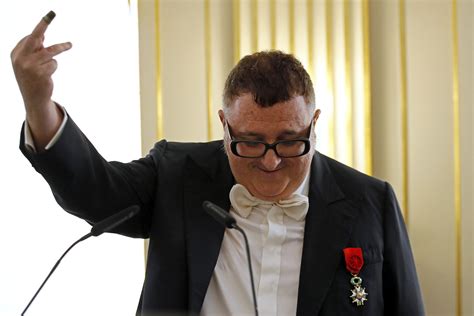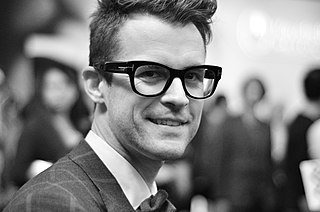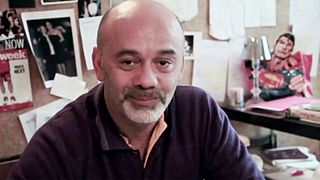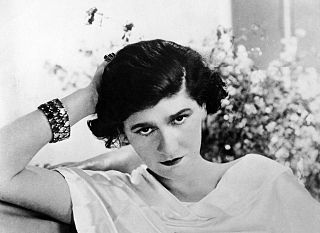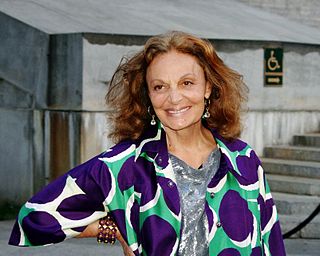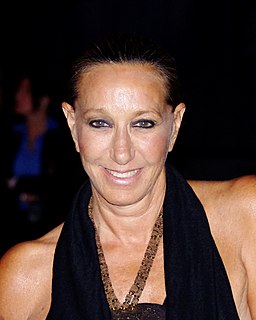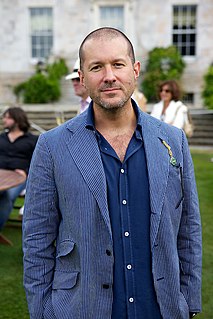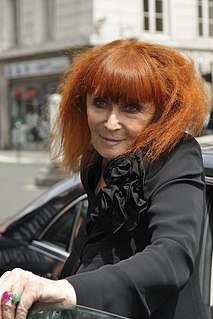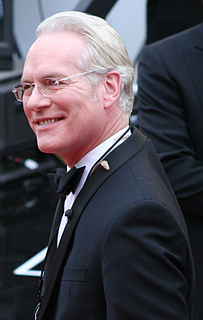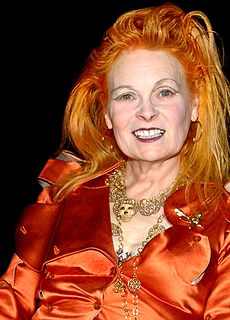A Quote by Issey Miyake
I did not want to be labelled 'the designer who survived the atomic bomb,' and therefore I have always avoided questions about Hiroshima.
Related Quotes
To understand how black projects began, and how they continue to function today, one must start with the creation of the atomic bomb. The men who ran the Manhattan Project wrote the rules about black operations. The atomic bomb was the mother of all black projects, and it is the parent from which all black operations have sprung.
Native annalists may look sadly back from the future on that period when we had the atomic bomb and the Russians didn't. Or when the Russians had aquired (through connivance and treachery of Westerns with warped minds) the atomic bomb - and yet still didn't have any stockpile of the weapons. That was the era when we might have destroyed Russia completely and not even skinned our elbows doing it.
At exactly fifteen minutes past eight in the morning, on August 6, 1945, Japanese time, at the moment when the atomic bomb flashed above Hiroshima, Miss Toshiko Sasaki, a clerk in the personnel department of the East Asia Tin Works, had just sat down at her place in the plant office and was turning her head to speak to the girl at the next desk.
